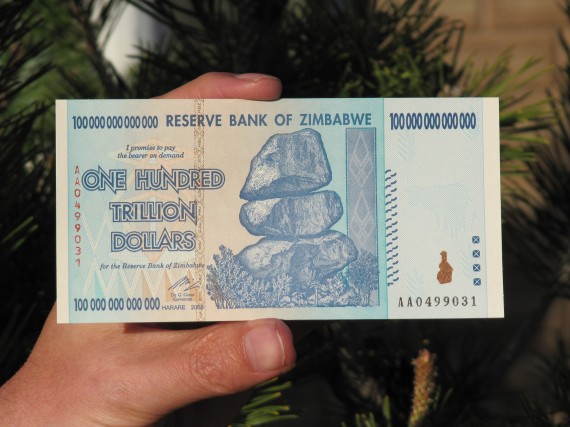Millions of U.S. citizens are concerned about deficit spending and the possibility of high inflation and even hyperinflation. To illustrate how easily fiat money can become hyperinflated, I have been highlighting the top four countries that have had hyperinflation. They are:
- Hungary, 207% daily inflation rate in July 1946
- Zimbabwe, 98% daily inflation rate in November 2008
- Yugoslavia, 65% daily inflation rate in January 1994
- Germany, 21% daily inflation rate in October 1923
Note that the inflation rates cited are daily. O my, I am glad I didn’t have to live through hyperinflation. Also observe that these countries are not confined to Europe. China is not listed but if they were they would come in at number 6. Anywhere fiat currencies are used (that’s basically everywhere) the danger of hyperinflation is forever present.
To complete the gang of four, today I am discussing Yugoslavia.
The 500 billion dinar banknote was introduced on December 23, 1993, and was worth $6. By noon it was worth only $5. By evening its value was less than $3. There was 5,000,000,000,000,000,000 percent inflation from October 1, 1993 to January 24, 1994 (prices doubled every 1.4 days).
From when the 100 dinara coin was struck in 1989 until the 500 billion banknote was issued on December 23, 1993, the currency declined in value 100 billion to one. The note was the largest nominal value ever issued by Yugoslavia. Children’s poet Jovan Jovanovich Amaj adorned the obverse of the bill.
Also see 34 Examples of Hyperinflation.




